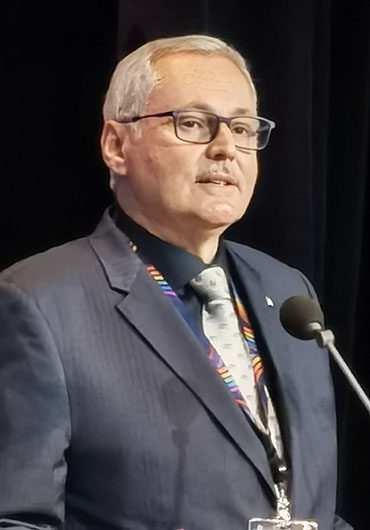Wynand Louw
CIPM

The Metre Convention in 1875 introduced a measurement system based on geodetic constants
that could be applied globally. Initially with a set of unit definitions for the quantities
of length, mass, and time, the system expanded over time and in 1954 base unit definitions
were added for temperature, luminous intensity and current. In 1960 this expanded system was
named “the International System of Units” (SI). A 7th base unit was added in 1971 for amount
of substance, and then a profound change to the system was decided on by the General
Conference on Weights and Measures (CGPM) in 2018, when the base units were redefined in
terms of “defining physical constants”. Since the implementation of the Revised SI in 2019,
the International Committee for Weights and Measures (CIPM) is addressing the resultant key
scientific challenges, but at the same time is developing a strategy for the next horizon.
What issues will scientific metrology have to address by 2030+? How must the organisation
the International Bureau of Weights and Measures (BIPM) adapt to address the future
landscape and ensure the SI is sufficient to address global issues and “new” metrology?
A summary of the Strategy development to date will be given with a special focus on possible
future re-definitions of units, metrology initiatives to support new technologies, and plans
to make the BIPM “truly universal”.

